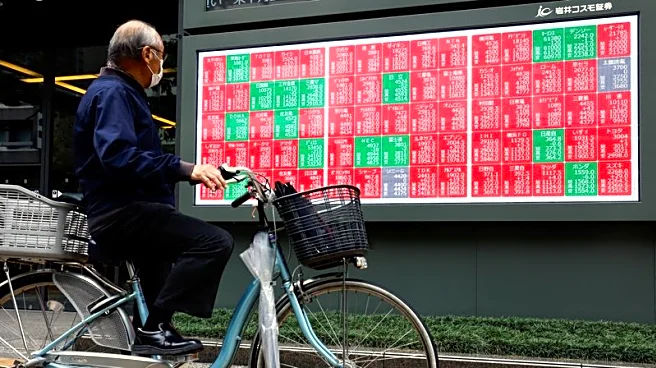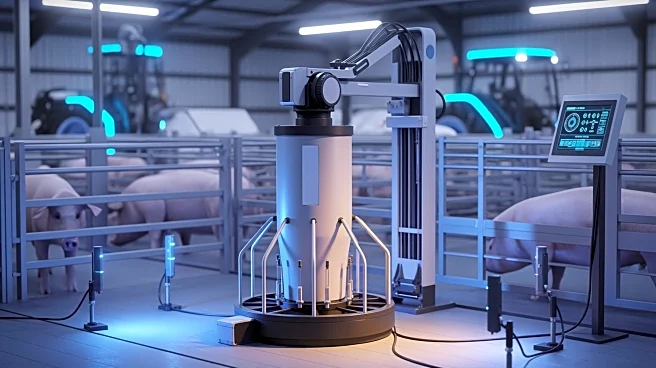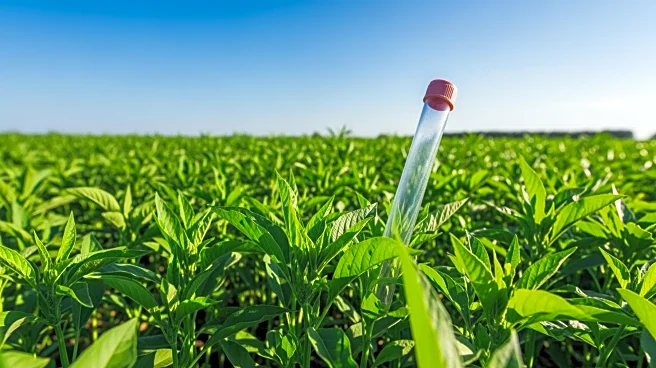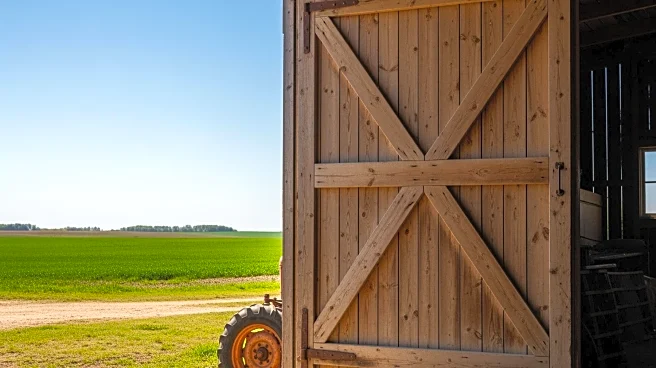What's Happening?
The agriculture nets market in the U.S. and Japan is experiencing significant growth, driven by the need for crop protection solutions in response to climate challenges. The market, valued at USD 11.82 billion in 2024, is projected to reach USD 19.38
billion by 2033, with a compound annual growth rate of 5.65%. Recent product launches in the U.S. include UV-resistant shade nets and biodegradable agricultural nets, aimed at enhancing sustainable horticulture and addressing environmental concerns. In Japan, innovations such as AI-enabled microclimate monitoring nets and smart greenhouse nets with IoT technology are being introduced to boost productivity. Government approvals and investments are supporting these advancements, with the U.S. Environmental Protection Agency approving biodegradable netting materials and Japan's Ministry of Agriculture endorsing AI-driven solutions.
Why It's Important?
The rising demand for agriculture nets is crucial for enhancing crop protection and sustainability in the face of extreme weather conditions. These innovations are expected to reduce dependency on pesticides and improve crop yields, benefiting farmers and the agricultural sector. The integration of AI and IoT technologies in agriculture nets represents a significant step towards precision farming, allowing for better resource management and environmental conservation. The market growth also reflects a broader trend towards sustainable agriculture practices, which are essential for addressing global food security challenges. Stakeholders, including farmers, technology developers, and policymakers, stand to gain from these advancements as they contribute to more resilient agricultural systems.
What's Next?
The agriculture nets market is likely to see continued innovation and investment, particularly in smart and biodegradable solutions. Cross-border collaborations between U.S. and Japanese firms are expected to drive further development of eco-friendly products. As climate challenges persist, the adoption of advanced agriculture nets will likely increase, supported by government incentives and regulatory approvals. The focus on sustainability and technology integration will remain central to the market's evolution, with potential expansions into other regions facing similar agricultural challenges.














